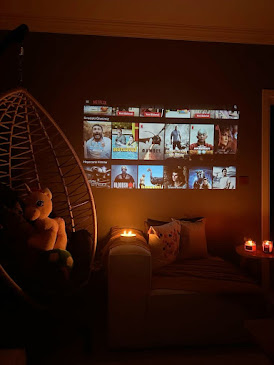Women in Desi Cinema: Breaking Stereotypes and Shaping New Narratives
Introduction: In the world of Desi Cinema, women have always been central to stories, but their roles have often been defined by stereotypes. From the damsel in distress to the ideal wife, female characters have been confined to narrow boxes for much of film history. However, over the last few decades, female filmmakers, actors, and writers have begun breaking free from these traditional portrayals, creating new, empowering narratives for women in Desi Cinema.
The Early Years: Historically, women in Bollywood and other desicinemas film industries have often been cast in traditional roles—whether as a loving wife, a mother figure, or a tragic heroine. Actresses like Meena Kumari and Nargis became icons for their emotional portrayals of suffering women. These early depictions, while beloved, often limited the scope of women’s roles on screen. Despite this, actresses like Sharmila Tagore and Nutan brought sophistication and nuance to their characters, pushing against these confines.
The Changing Landscape: The 1990s and 2000s saw a shift in the portrayal of women in Desi Cinema. Filmmakers began to create more complex, independent, and multifaceted female characters. Films like Dil Se (1998) and Dilwale Dulhania Le Jayenge (1995) introduced heroines who were not just love interests but active participants in their stories. This period also saw the rise of Bollywood actresses like Kajol, Rani Mukerji, and Aishwarya Rai, who brought strong performances to characters that were more than just romantic leads.
Breaking Stereotypes: In recent years, Desi Cinema has increasingly turned to women’s stories as its central theme. Films like Tumhari Sulu (2017), Piku (2015), and Queen (2014) feature women as the protagonists, exploring issues of self-discovery, independence, and empowerment. These films break away from the traditional roles of women and instead portray them as ambitious, flawed, and relatable individuals. Actresses like Vidya Balan and Kangana Ranaut have become symbols of this new wave of empowered female characters.
The Role of Women in Modern Cinema: Behind the camera, women are also making a significant impact. Directors like Zoya Akhtar, Mira Nair, and Gauri Shinde have crafted films that focus on women’s voices and perspectives. These films reflect the modern-day struggles and triumphs of women in both urban and rural contexts. Women are no longer mere props in Desi Cinema but are central figures shaping the narrative and breaking cultural taboos.
Women’s Empowerment through Cinema: The ongoing change in desi cinema app highlights the increasing recognition of women as not just viewers but as key players in the film industry. The success of films like Dangal (2016), which celebrates female athletes, and Kahaani (2012), a thriller with a female protagonist, demonstrates that women-centric narratives can be both commercially and critically successful.
Conclusion: Women in Desi Cinema are no longer confined to stereotypical roles. As filmmakers and actors continue to push boundaries, the landscape of Desi Cinema is transforming. Women are at the forefront of this change, driving new stories that empower not just female characters but audiences around the world.

.png)
.png)
.png)
Comments
Post a Comment